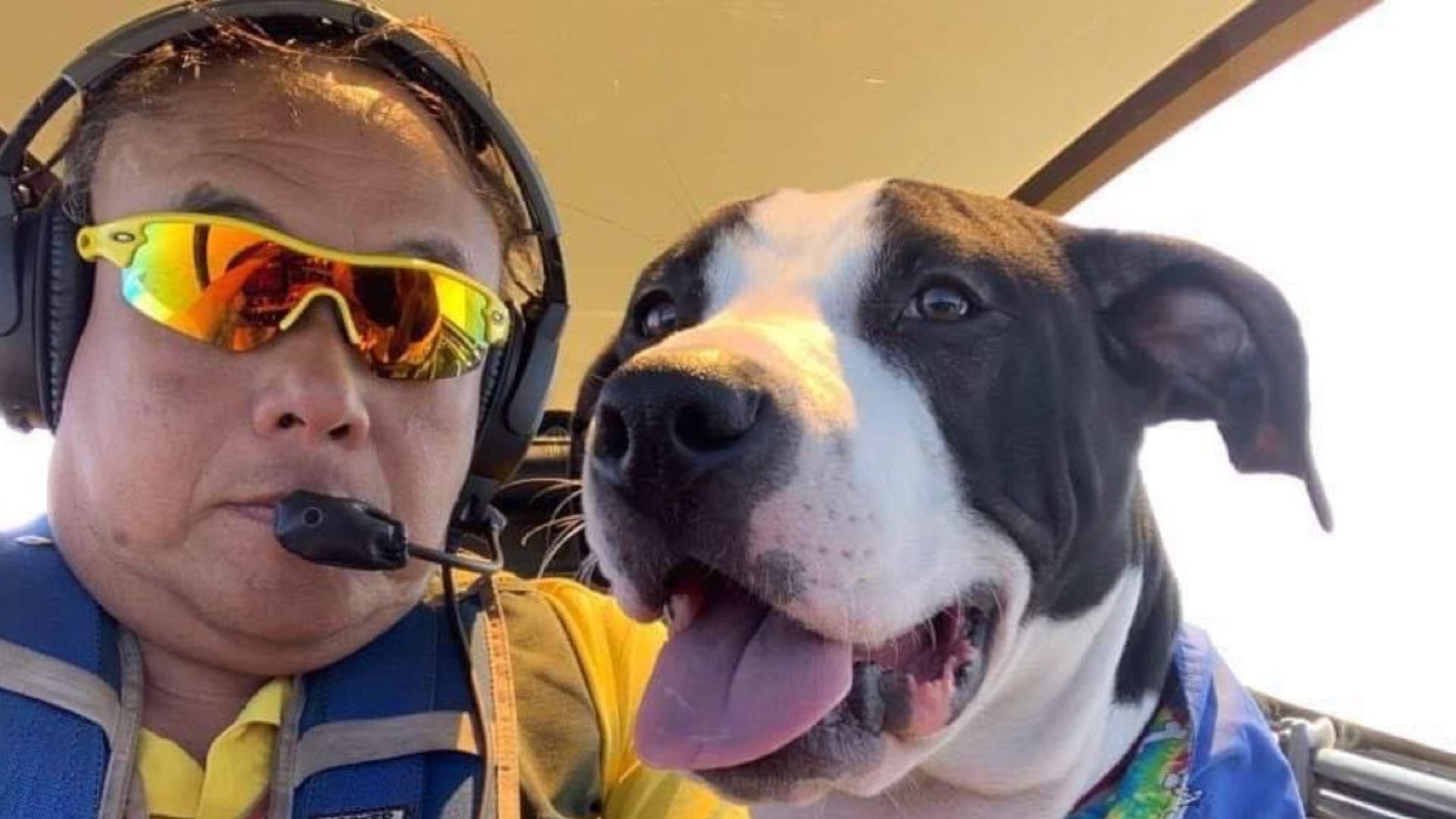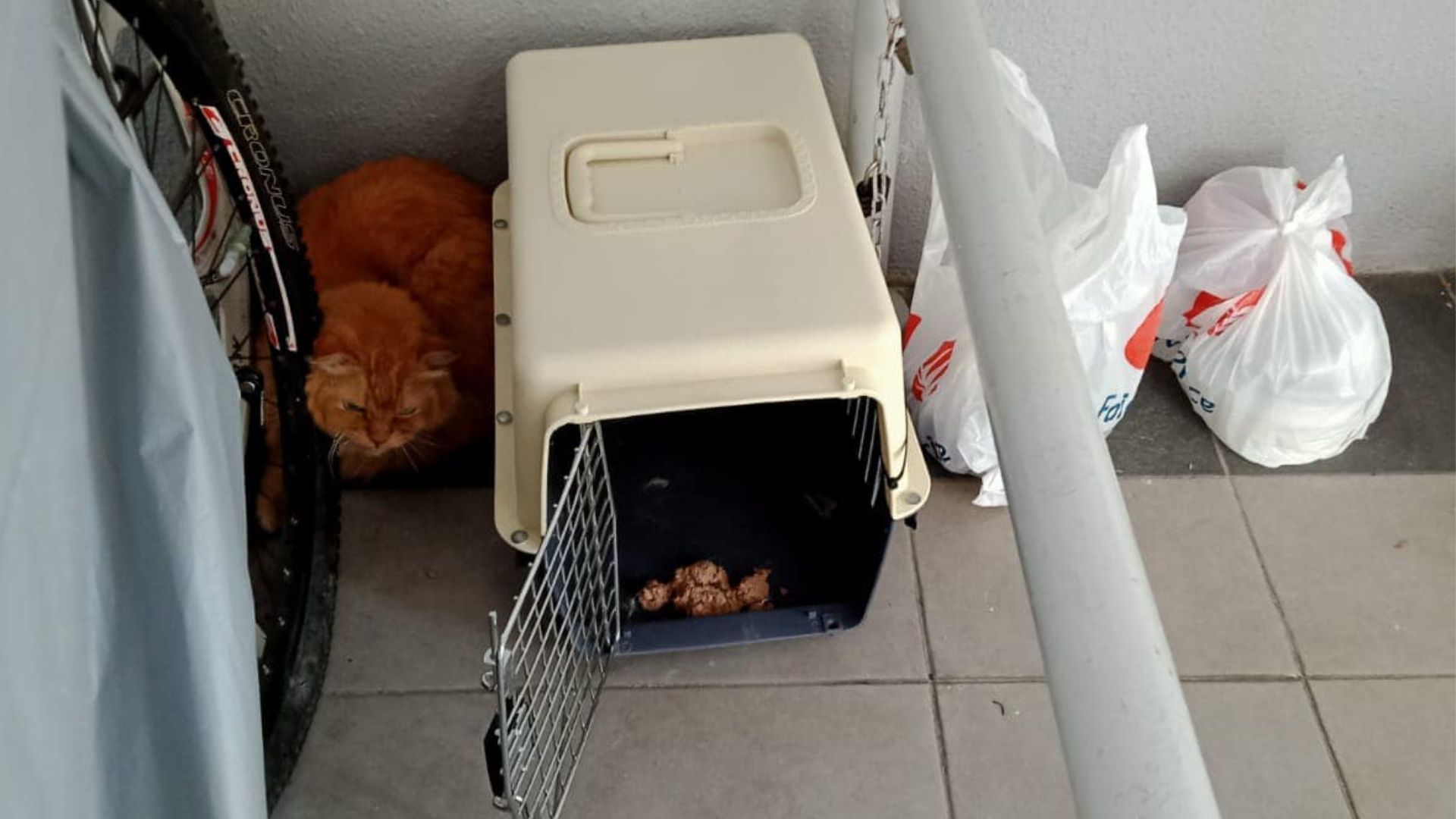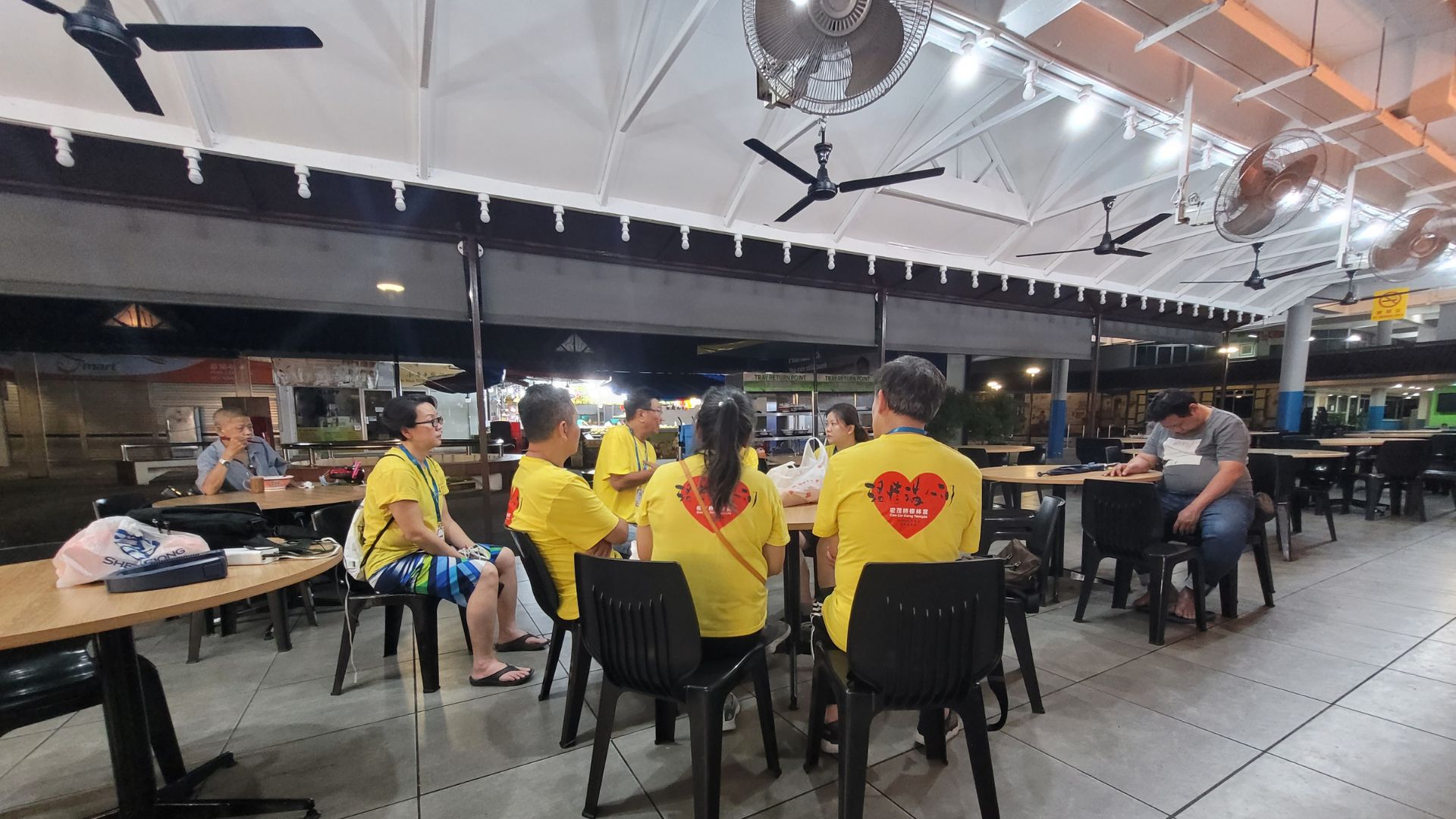You would think having been in the air for over 40 years, first as a Republic of Singapore Air Force (RSAF) rescue helicopter pilot, then a professional and private pilot, David Tan would want to have his feet planted firmly on the ground.
On the contrary, Mr Tan spends his time flying rescue animals across the United States, where he is now based, from high-kill shelters to foster homes or forever families.
“The flights are not all to forever homes. Many are picking up animals to go to rescue groups and foster families. Sometimes they are for urgent medical attention. These are the first steps before they are adopted,” he tells TheHomeGround Asia.
Since 2012, when he started with Pilots N Paws, Mr Tan has flown more than 380 rescue dogs to safety, helped rescue 28 cats, three frostbitten goats, one “scruffy pot-bellied pig” and even a bat destined for a nature reserve in Ohio.
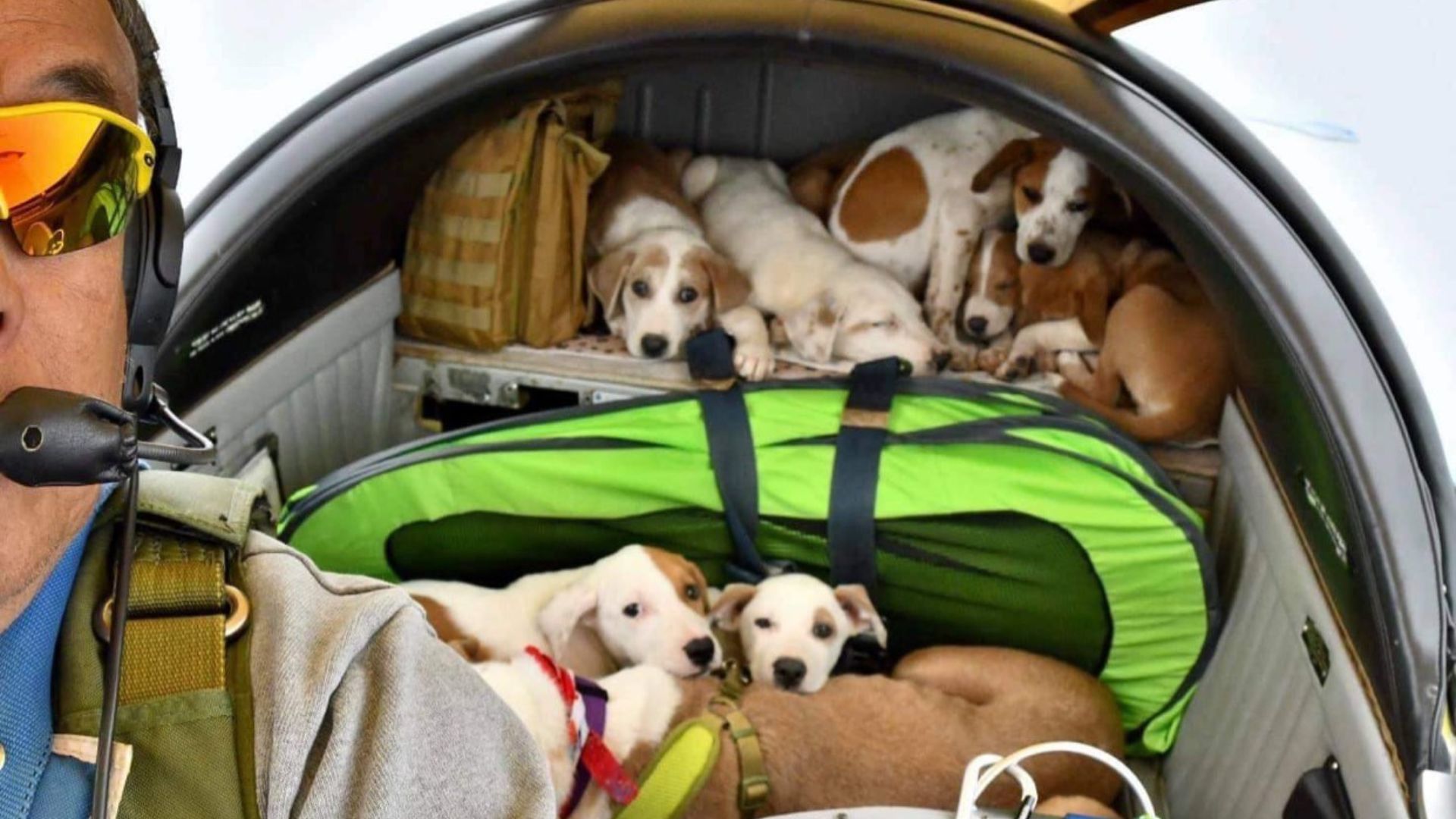
Pilot N Paws is a non-profit organisation for volunteers engaged in the rescuing, sheltering and adopting of animals, and volunteer pilots and plane owners willing to assist with animal transportation. Its aim is to provide an environment in which volunteers can arrange or schedule rescue flights, overnight foster care or shelter, and all other related activities.
Mr Tan found out about the group in an article in AOPA Pilot, a monthly periodical of the Aircraft Owners and Pilots Association, an aviation advocacy group, and the animal lover became interested in the cause.
After signing up, he became one of the 6,000 volunteer pilots flying more than 15,500 rescue animals across the country each year at their own expense – typically splitting legs of a journey into flights of about 400km each and creating a sort of animal relay of the best kind.
Moving to the US and the wide open space
Son of former Police Commissioner Tan Teck Khim who “served Singapore well as a pioneer just after 1965”, Mr Tan left for the US after his stint with the RSAF.
“I went to university in the US to get an undergraduate business degree and graduate school to get a Law degree and an MBA. My wife is a university professor so we lived in various cities as required by our careers. I flew business jets for 20 years and lived in most cities before retiring,” he says, adding that the couple moved to Middleton, Wisconsin 14 years ago “when my wife was hired by the University of Wisconsin in Madison”.
He was in his teens when his parents paid for his flying lessons “and I got my private pilot licence when I was 18”. Speaking to Lithuanian website Bored Panda, Mr Tan said, “I wasn’t good at anything else but managed to do reasonably in flying planes. It was a good career because I enjoyed what I was doing.”
In the US, Mr Tan just needed to fly with an instructor for a flight review every two years and then three landings in the last 90 days if he were to carry passengers. “Since my animal flights are voluntary and unpaid, I can fly on a Basic Medical that only allows private pilot privileges,” he adds.
Interestingly, after he retired, he got himself a SIAI-Marchetti SF.260, an Italian military trainer, “like the one I flew in the RSAF in 1975”.

“Consequently, the plane is too small to fly big animals and the biggest is probably a 25kg dog. The dogs need to be lifted over the canopy and placed in the small back seat area,” he says.
Mr Tan explains that the typical flight distance is about 300 nautical miles or 556km, as “any further would be impractical because it would take too long, given the speed of the plane”. “But I did do one (that was) about 900 miles (1,448.4km) when I was returning to Wisconsin from Florida after a trip and a lucky pup got to hitch a ride,” he says.
David Tan: The wind beneath their wings
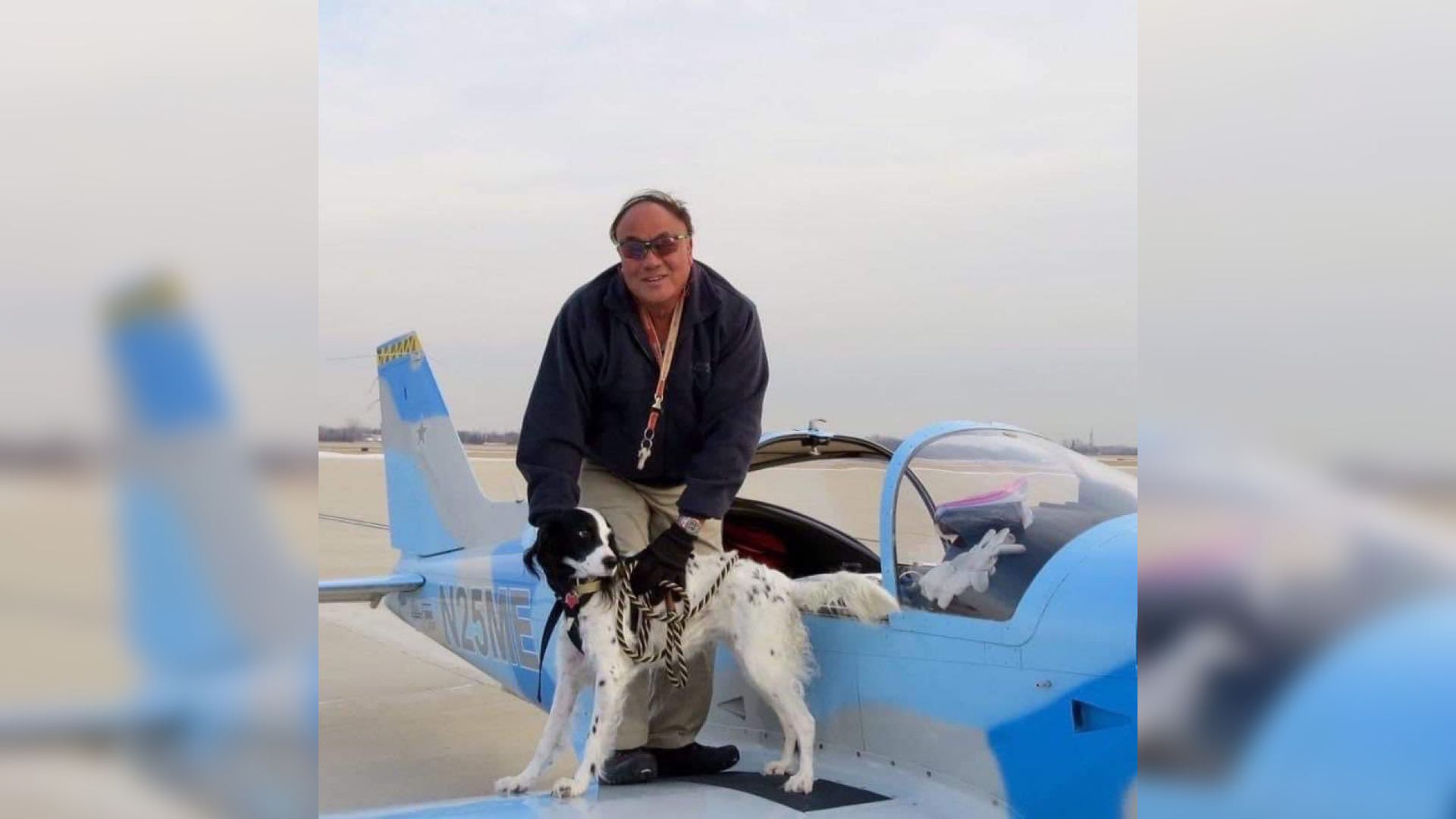
An avid animal lover, Mr Tan says there are “terrible stories out there about how cruel people can be to animals, especially down south; the abandonments are horrible”. “A family would just leave them. So that kind of gets me. I feel good when at least … I can contribute toward where they go,” he said in an interview with Madison magazine.
There are times when the families feel so grateful for his help that they try to pay him, but Mr Tan never keeps the money. He would either give it to the rescues or pay for medical costs of the animals they saved.
Mr Tan says the most memorable flights for him were those “involving flights to forever homes where the pups get greeted by their adopters”.
“Others because they involve repeated frequent flyer trips by the same animal or mums and their litters. There was a momma dog and her eight puppies going from St Louis to Wisconsin. They added another pup to the manifest so I had 10. I can load any dog below 50 lbs (22.7kg) easily so it was an easy trip,” he says.
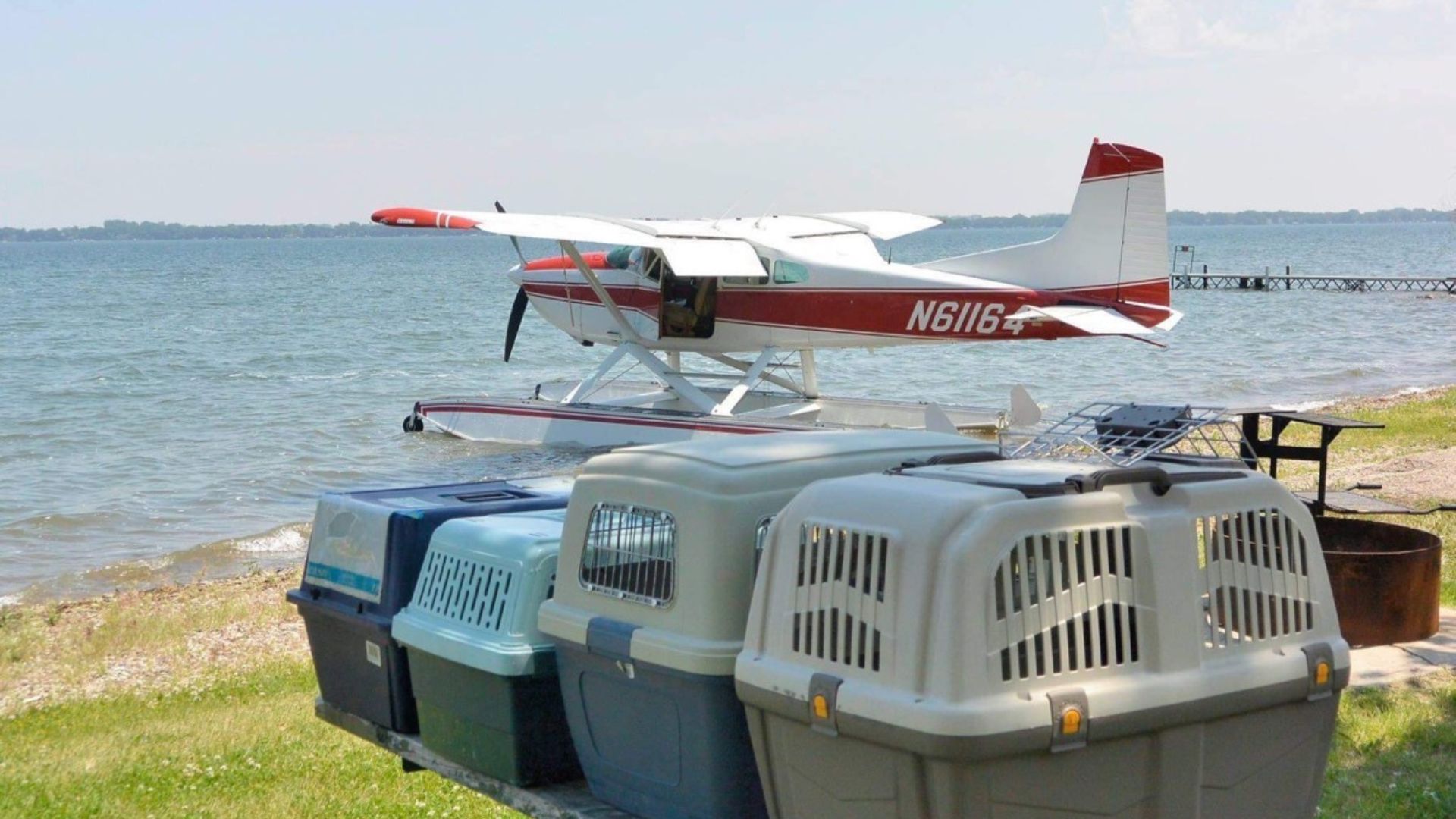
“I used to own an amphibious seaplane and went to a lake in Iowa to pick up seven cats that were leaving a breeder. They were dropped off at my home airport. I also remember flying a German Shepherd mix to her foster home in northern Wisconsin, then picking her up a few weeks later to fly her to Michigan to an adopter – a man who had lost his entire family. Frankie had been found abandoned in Alabama,” he says.
The most exotic animal he transported was a bat.
“I never even saw him because he had to be kept in darkness in a blacked out carrier. Naturally, I named him Bruce, after Batman,” Mr Tan says.
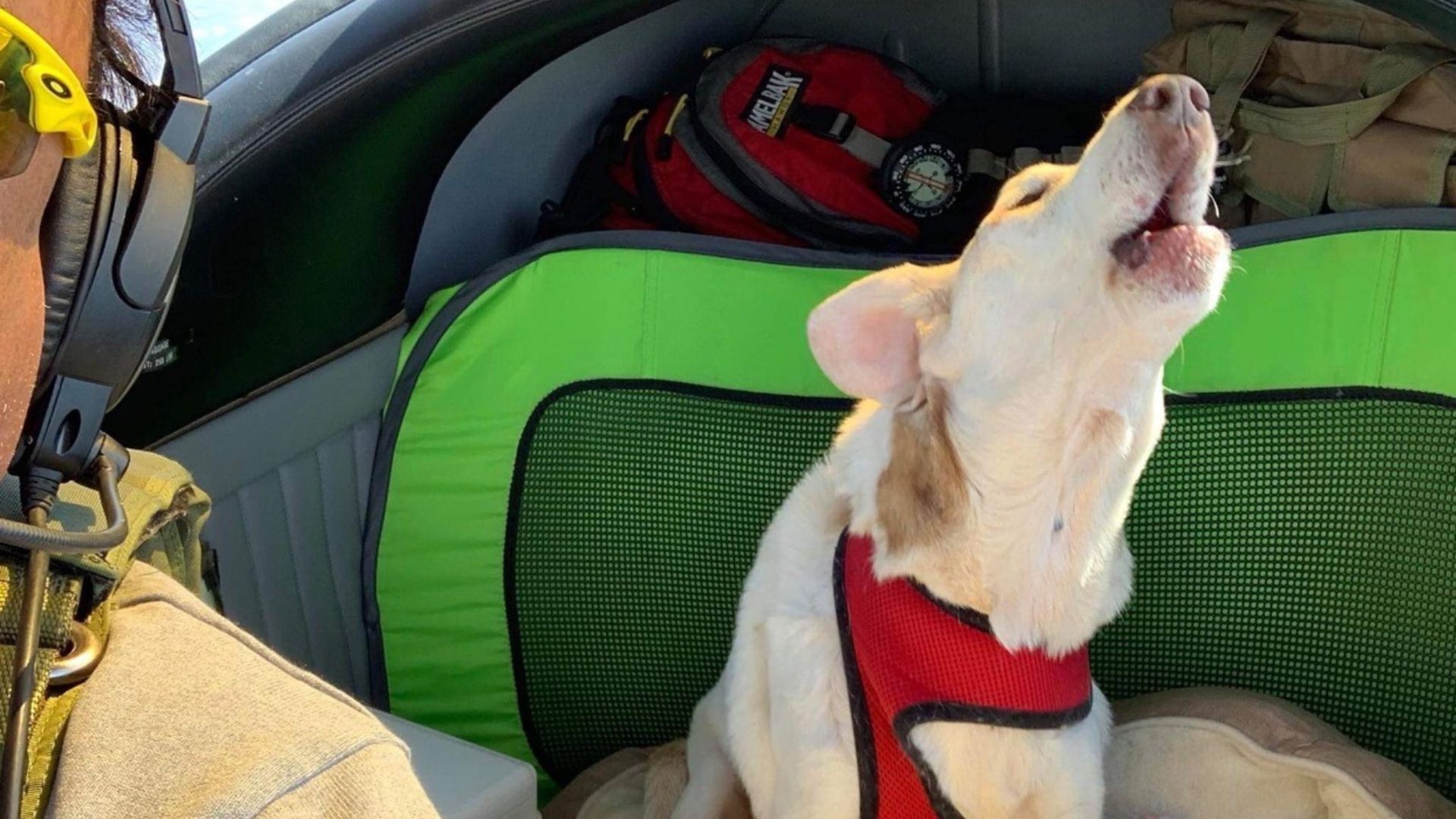
“I am friends on Facebook with various rescuers so I sometimes get to see the progress through the months and years these pups have made in their new homes. Sometimes sadly, when they pass,” he says.
“Of course, there are times when I want to kidnap my passengers. A high degree of flight discipline developed over more than four decades of professional flying prevents this,” he adds with a laugh.
Unfortunately, Mr Tan had not been able to fly since April because of a mechanical problem with his plane, but he could not wait for it to be fixed so that he could take to the skies again for his precious passengers.
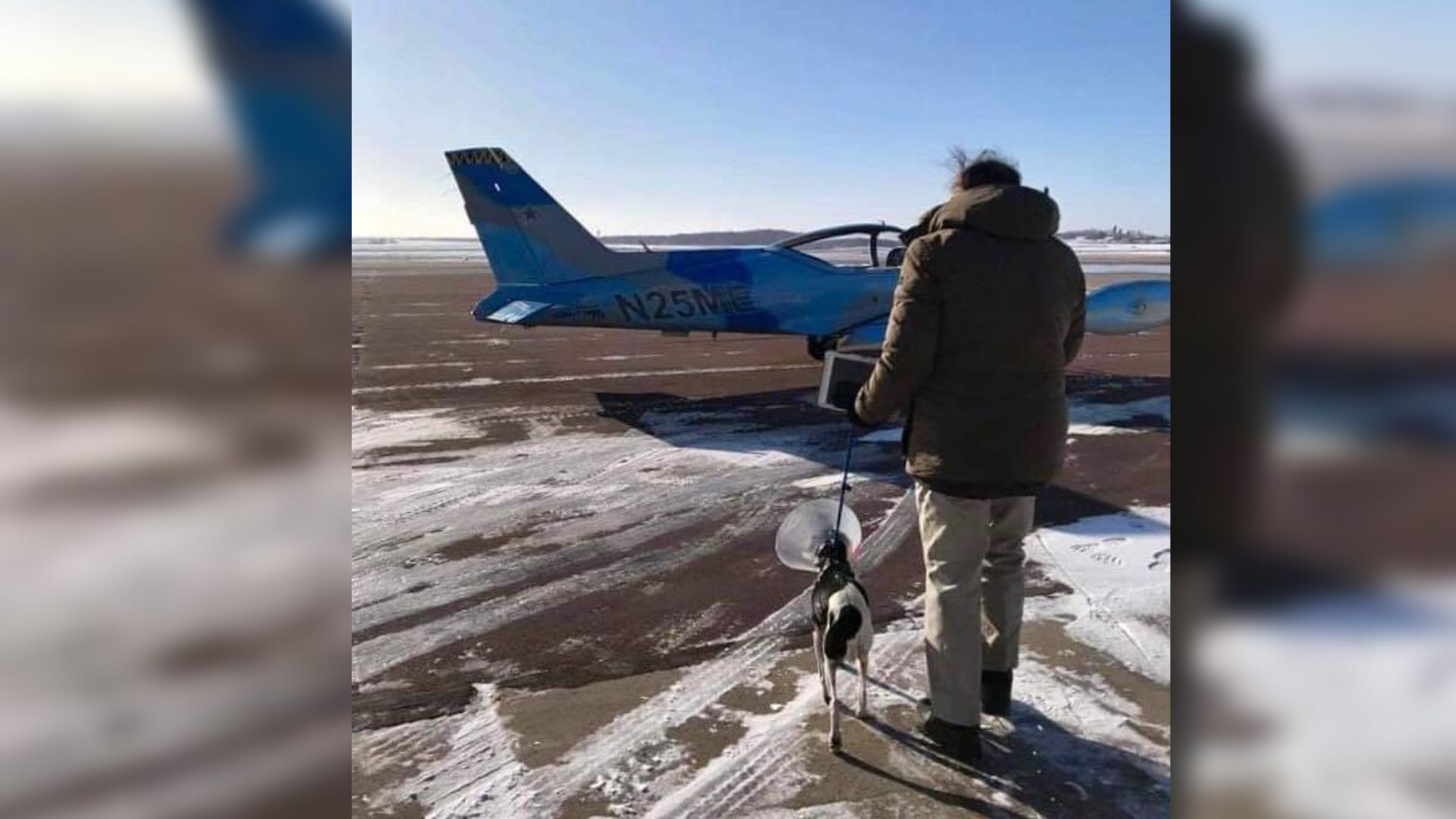
“Walking a rescue pup out to the plane is so much more satisfying than doing it for a rich person to his jet. Here, Buddy is leaving a bitterly cold Wisconsin for sunny San Diego and a forever home,” Mr Tan says.
RELATED: Abandoned pets: Thrown out like trash by their pandemic owners
Join the conversations on TheHomeGround Asia’s Facebook and Instagram, and get the latest updates via Telegram
